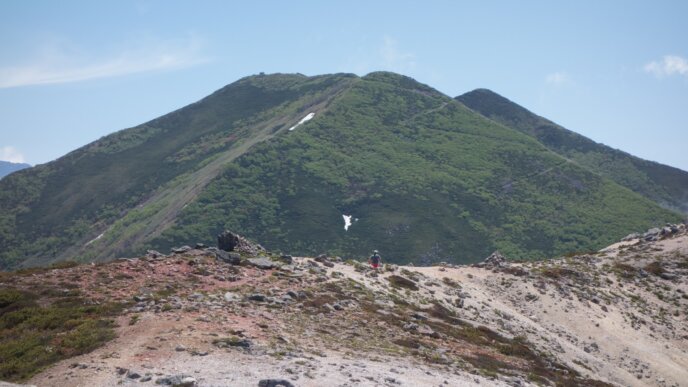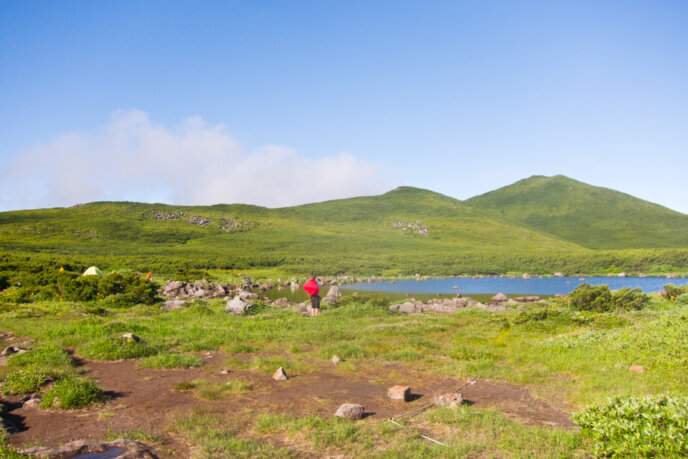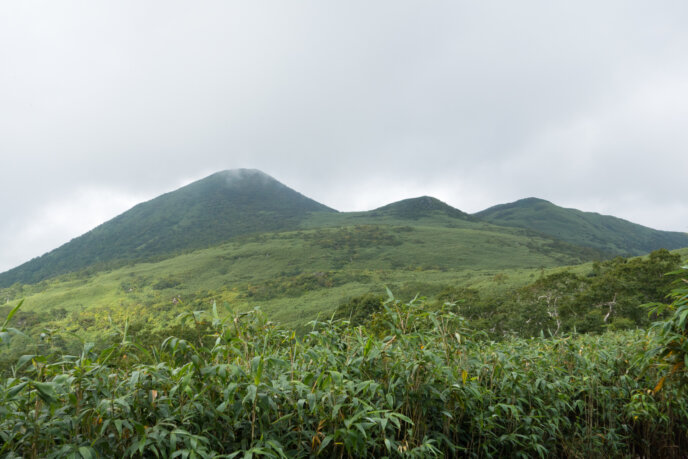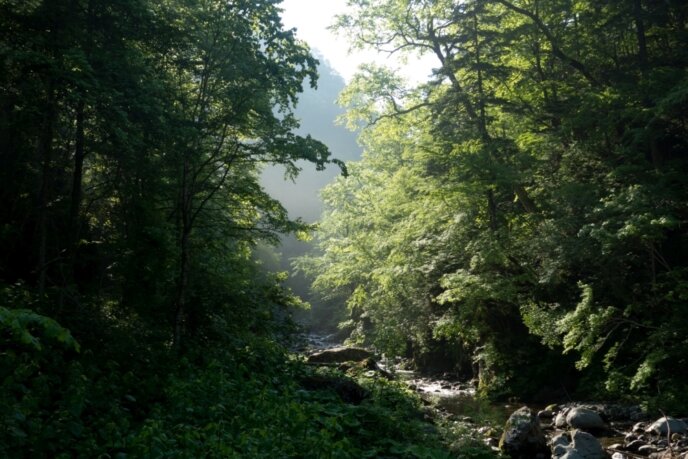The Unique Mountains of Hokkaido
The mountains in Hokkaido are quite different to the peaks in other areas of the world and even other areas in Japan. Welcome to Part 2 of our summer hiking series.

Hiking in Hokkaido can be a unique experience unlike anywhere else in the world. This month we look at some of the characteristics of the mountains and trails in Hokkaido, including the Niseko area, that make it a great hiking destination.
Easy Alpine Access
In Honshu, the main island of Japan, you usually have to reach elevations of 2,000m or higher before you hit the alpine zone where the trees start thinning out and you start encountering alpine plants. On the other hand, mountains in Hokkaido will often be bare of trees as low as 600m above sea level and you can find dwarf pine and beautiful alpine flowers on mountains that top out at under 1,000m. This is due to Hokkaido's location more northern and as the land is exposed to the harsh winter weather patterns - those that also bring its famous snowfall. In fact, on the island of Rebun, located off the coast in northern Hokkaido, you can find alpine flowers at sea level. The mountains of Niseko, being located right next to the Sea of Japan, are also great example of this, meaning you will sometimes encounter not-so-great weather, but can also be rewarded with great views and see some beautiful alpine flora.

Alpine scenery in Hokkaido at just 1200m above sea level.
Land of Volcanoes
Many of the mountain ranges in the world, as well as Japan, formed as a result of plate tectonics, or the movement of the Earth's crust. The majority of the mountains in Hokkaido, however, are a result of volcanic activity. This means you'll seldom find ridge lines continuing for days in Hokkaido, however you will find some very uniquely shaped peaks, sometimes bizarre and oftentimes beautiful, such as the cone of Mount Yotei.
For the most part, this also means easier access with not many peaks requiring a long approach, which is particularly beneficial for backcountry riders in winter. You can hike directly up from the parking lot, reach the summit fairly quickly (although the climb can be steep), and ride right back to your car, leaving you with more time for another lap or a soak in an onsen.

The volcanic peaks of the Niseko Range in winter
Sea of Bamboo
To many people, hiking may evoke images of trees towering overhead and an undergrowth of moss and ferns through which animals frolic. The mountains in Hokkaido are a little different, thanks to the large presence of sasa dwarf bamboo. Sasa can grow well over 6 feet in height and grows in expansive colonies. It can be a bit daunting at times to hike through the tunnel of bamboo on either side. However, this means there's little risk of getting lost (unless you venture into the think bamboo grove) and in springtime the young shoots of bamboo are a local delicacy with the Niseko area particular famous for their abundance and size.

Peaking over the field of sasa bamboo towards Mount Shakunage
True Wilderness
Hiking in Honshu, the main island of Japan, can be an experience; not only are there some stunning peaks but the trails are often carefully maintained and the vast network of mountain huts that offer a futon and two meals means that you can hike for days with just a day pack (and a lot of money in your wallet).
While Hokkaido does have some huts, most of them are moldy, unheated affairs and you'll need to bring your own sleeping gear and food. The trails can often be muddy, overgrown, and littered with fallen trees, especially in more remote areas. The vegetation grows wild, sometimes clinging onto your legs as you try to advance and bugs are everywhere.
However, this also means that you can really feel like you're getting away from it all. On a weekday, even during peak season, you have a good chance of having the whole mountain to yourself. You'll seldom find man-made objects to spoil the scenery and there's no better sign of a great hike than a sweaty back, muddy boots, and even some bug bites and scrapes here and there. Hokkaido truly is Japan's last wilderness.
Check out Part 1 of our monthly hiking post: Tips When Hiking in the Niseko Area

A remote mountain valley somewhere in Hokkaido
